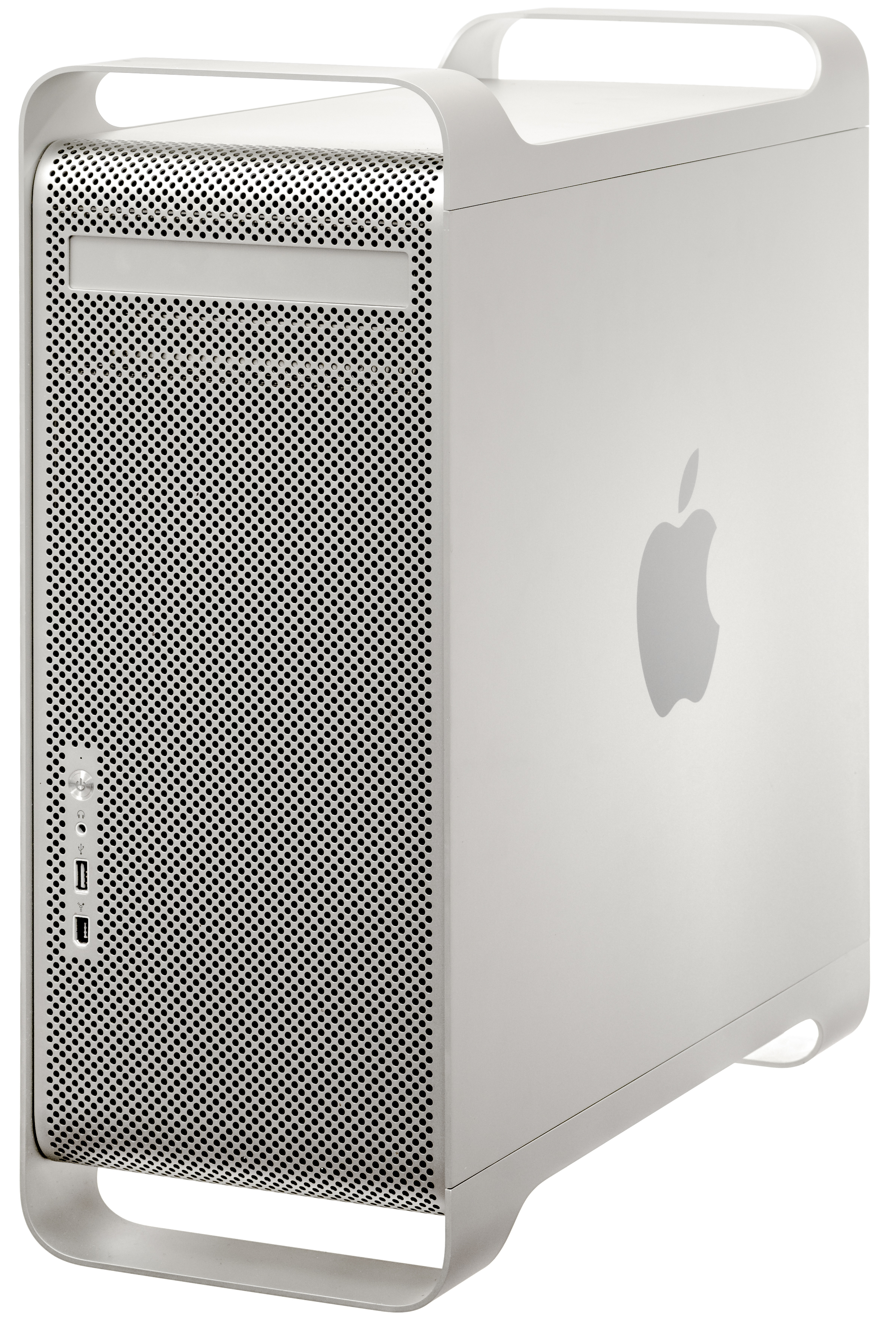|
Power Macintosh 5260
The Power Macintosh 5260 is a personal computer designed, manufactured and sold by Apple Computer, Inc. from April 1996 to March 1997. It is a replacement for the Power Macintosh 5200 LC, retaining its all-in-one form factor while replacing its PowerPC 603 CPU with the newer and faster PowerPC 603e, and dropping the "LC" brand. As was standard practice at the time for Apple, the 5260 was re-branded as a number of Performa models and sold to consumer markets, while the 5260 itself was primarily sold to the North American education market as a Power Macintosh. The Power Macintosh 5400, also an all-in-one model, was introduced at the same time but had a significantly different logic board that retired NuBus support in favour of PCI. The 5260 was discontinued when the Power Macintosh 5500 was introduced in early 1997. Hardware The 5260 has an LC-style Processor Direct Slot A processor direct slot (PDS) is a slot incorporated into many older Macintosh models that allowed direct ... [...More Info...] [...Related Items...] OR: [Wikipedia] [Google] [Baidu] |
Power Macintosh
The Power Macintosh, later Power Mac, is a family of personal computers designed, manufactured, and sold by Apple Computer as the core of the Macintosh brand from March 1994 until August 2006. Described by ''MacWorld'' as "the most important technical evolution of the Macintosh since the Mac II debuted in 1987", it is the first computer with the PowerPC CPU architecture, the flagship product of the AIM alliance. Existing software for the Motorola 68k processors of previous Macintoshes do not run on it natively, so a Mac 68k emulator is in System 7.1.2. It provides good compatibility, at about two thirds of the speed of contemporary Macintosh Quadra machines. The Power Macintosh replaced the Quadra, and was initially sold in the same enclosures. Over the next twelve years, it evolved through a succession of enclosure designs, a rename to "Power Mac", five major generations of PowerPC chips, and a great deal of press coverage, design accolades, and controversy about performance cl ... [...More Info...] [...Related Items...] OR: [Wikipedia] [Google] [Baidu] |
PowerPC 603
The PowerPC 600 family was the first family of PowerPC processors built. They were designed at the Somerset facility in Austin, Texas, jointly funded and staffed by engineers from IBM and Motorola as a part of the AIM alliance. Somerset was opened in 1992 and its goal was to make the first PowerPC processor and then keep designing general purpose PowerPC processors for personal computers. The first incarnation became the PowerPC 601 in 1993, and the second generation soon followed with the PowerPC 603, PowerPC 604 and the 64-bit PowerPC 620. Nuclear family PowerPC 601 The PowerPC 601 was the first generation of microprocessors to support the basic 32-bit PowerPC instruction set. The design effort started in earnest in mid-1991 and the first prototype chips were available in October 1992. The first 601 processors were introduced in an IBM RS/6000 workstation in October 1993 (alongside its more powerful multichip cousin IBM POWER2 line of processors) and the first Apple Power M ... [...More Info...] [...Related Items...] OR: [Wikipedia] [Google] [Baidu] |
PowerPC Macintosh Computers
PowerPC (with the backronym Performance Optimization With Enhanced RISC – Performance Computing, sometimes abbreviated as PPC) is a reduced instruction set computer (RISC) instruction set architecture (ISA) created by the 1991 Apple– IBM–Motorola alliance, known as AIM. PowerPC, as an evolving instruction set, has been named Power ISA since 2006, while the old name lives on as a trademark for some implementations of Power Architecture–based processors. PowerPC was the cornerstone of AIM's PReP and Common Hardware Reference Platform (CHRP) initiatives in the 1990s. Originally intended for personal computers, the architecture is well known for being used by Apple's Power Macintosh, PowerBook, iMac, iBook, eMac, Mac Mini, and Xserve lines from 1994 until 2005, when Apple migrated to Intel's x86. It has since become a niche in personal computers, but remains popular for embedded and high-performance processors. Its use in 7th generation of video game consoles and embedded ... [...More Info...] [...Related Items...] OR: [Wikipedia] [Google] [Baidu] |
Macintosh Performa 5260 Rear
The Mac (known as Macintosh until 1999) is a family of personal computers designed and marketed by Apple Inc., Apple Inc. Macs are known for their ease of use and minimalist designs, and are popular among students, creative professionals, and software engineers. The current lineup includes the MacBook Air and MacBook Pro laptops, as well as the iMac, Mac Mini, Mac Studio and Mac Pro desktops. Macs run the macOS operating system. The Macintosh 128K, first Mac was released in 1984, and was advertised with the highly-acclaimed 1984 (advertisement), "1984" ad. After a period of initial success, the Mac languished in the 1990s, until co-founder Steve Jobs returned to Apple in 1997. Jobs oversaw the release of many successful products, unveiled the modern Mac OS X, completed the Mac transition to Intel processors, 2005-06 Intel transition, and brought features from the iPhone back to the Mac. During Tim Cook's tenure as CEO, the Mac underwent a period of neglect, but was later reinv ... [...More Info...] [...Related Items...] OR: [Wikipedia] [Google] [Baidu] |



